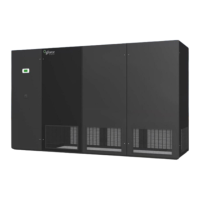58
Receiver Installation
Be sure the receiver capacity is large enough to store the winter charge during summer
operations and is generally designed so that receiver can hold at least the same volume as the
condenser coil.
The receiver package(s) is typically mounted outdoors, near the condenser. If the receiver
package(s) are installed indoors, a check valve is required on the liquid line at the condenser
outlet and a liquid line relief valve.
When installing the Head Pressure Control Valve, be sure to place the sensing bulb on the
liquid line leaving the receiver and insulate it properly.
The temperature controller, which is supplied as part of the receiver package, will maintain the
receiver shell temperature at approximately 50°F (10C) which will keep the internal refrigerant
at a pressure high enough to allow cold ambient starting.
A check valve must be used in the liquid line between the flooded head pressure control valve
and the receiver to prevent refrigerant from migrating from the warm receiver back to the cold
condenser during the off cycle.
Pipe routing of the Head Pressure Control Valve must not trap any oil when operating in the
summer conditions.
Figure 14 Typical Low Ambient Receiver Package
Pre-Charge Receiver
Flooded systems require more refrigerant than fan speed control systems due to the receiver
added volume.
Allow the liquid line solenoid valve(s) and the EEV(s) (if equipped) to close.

